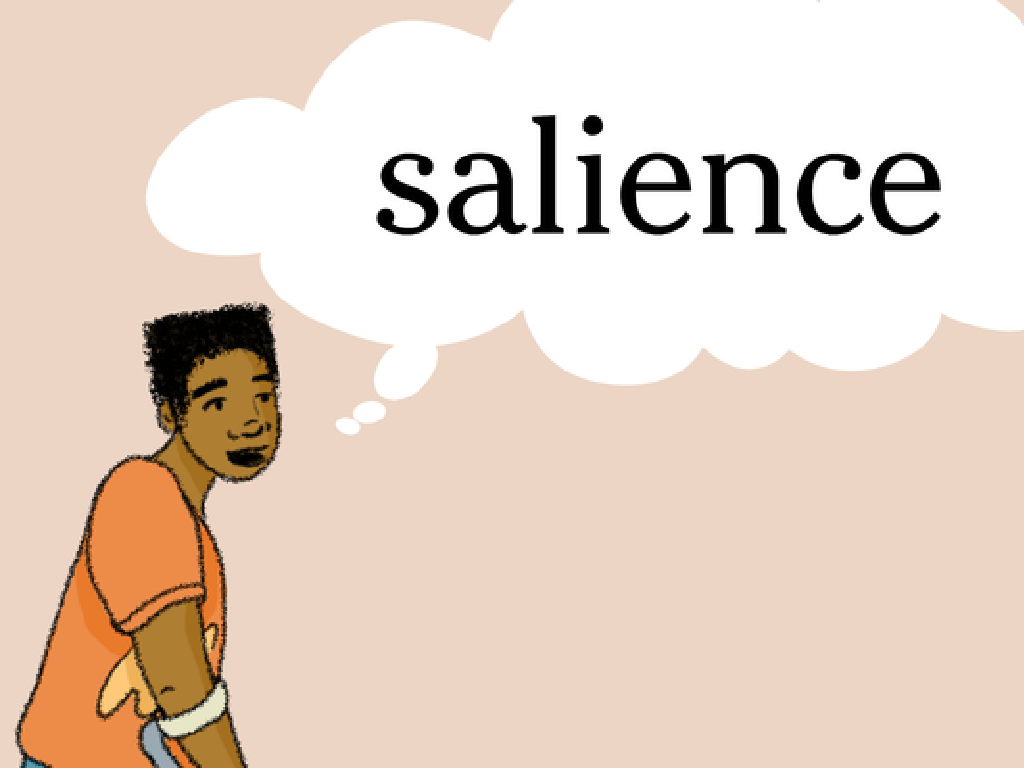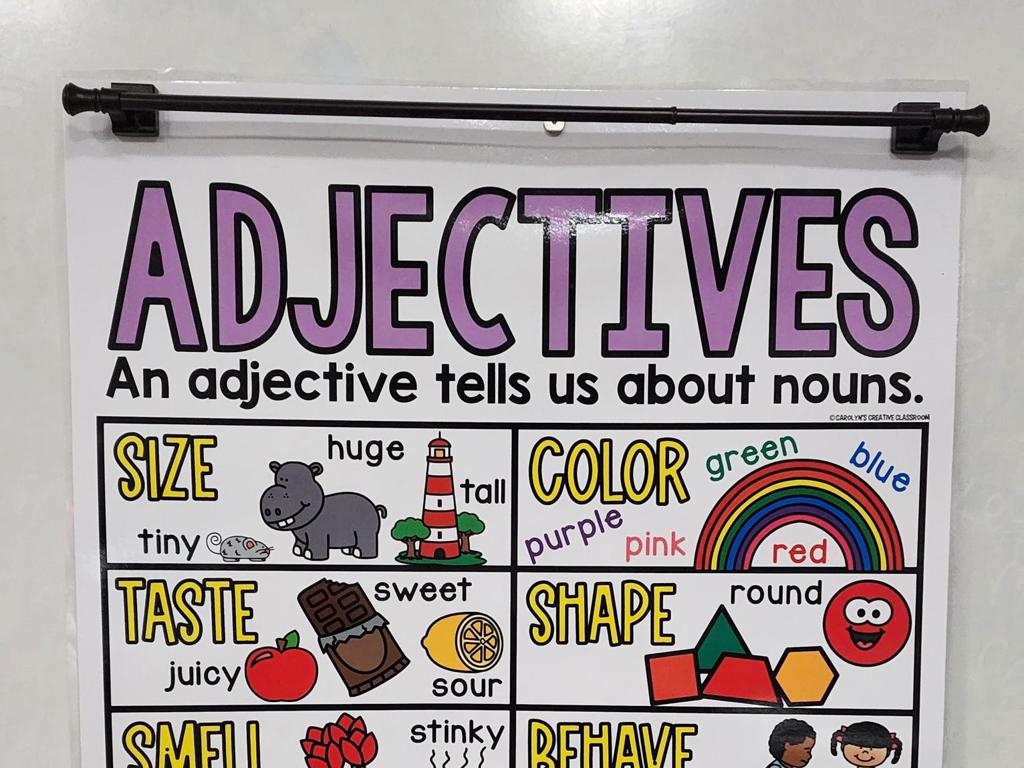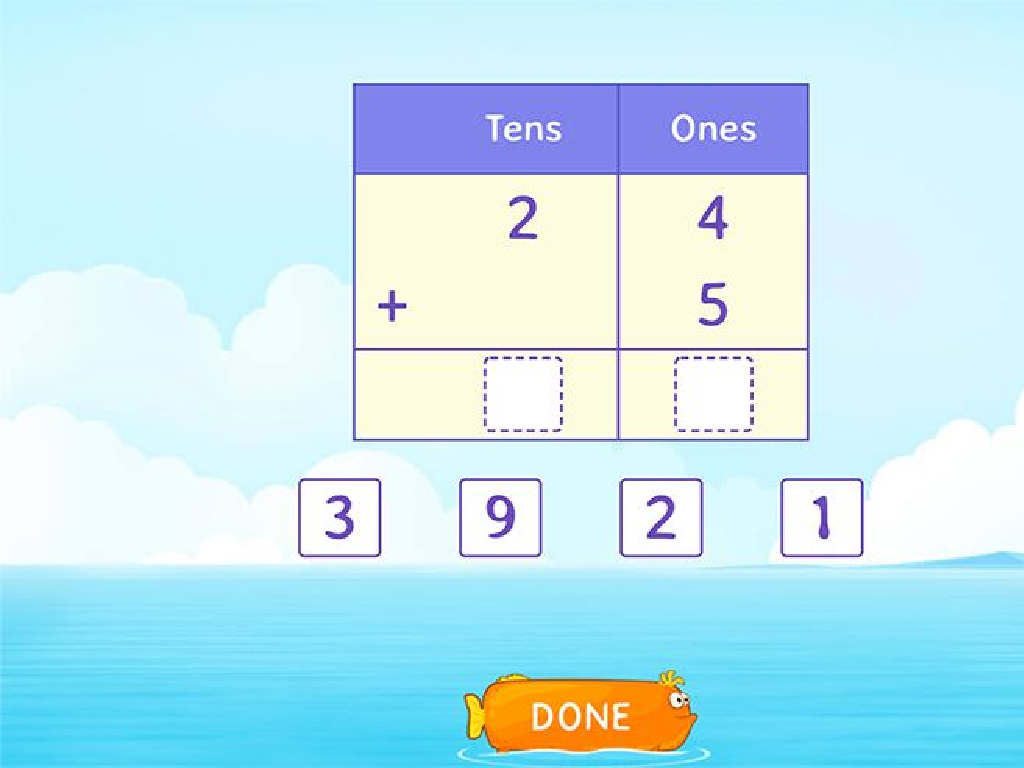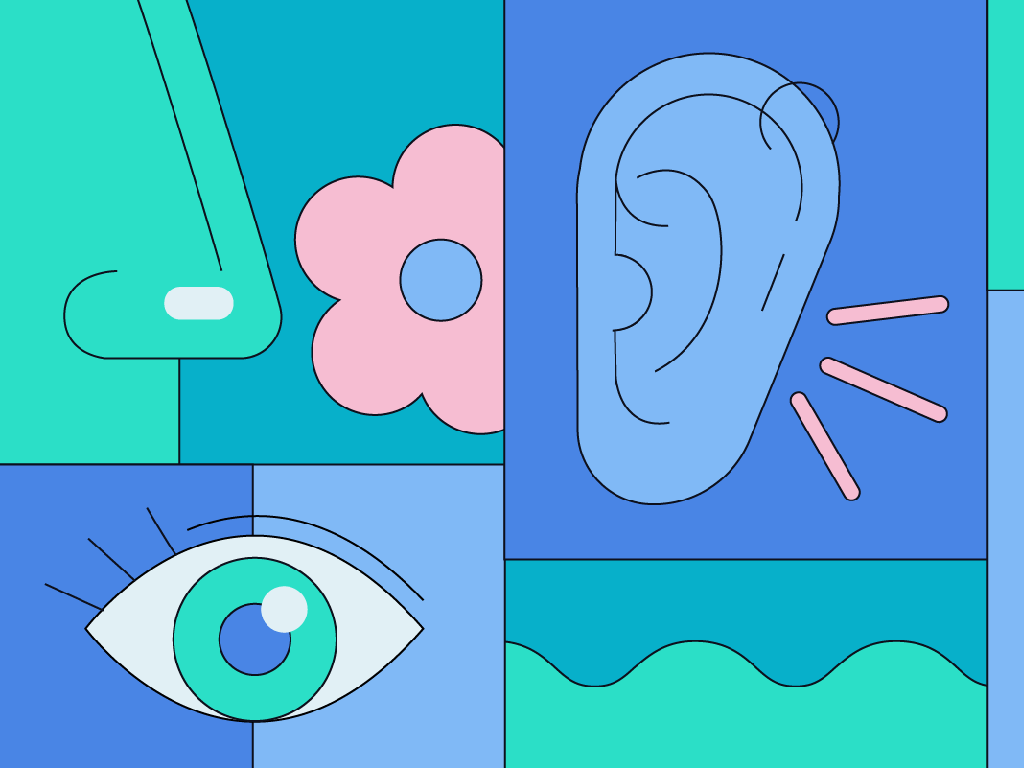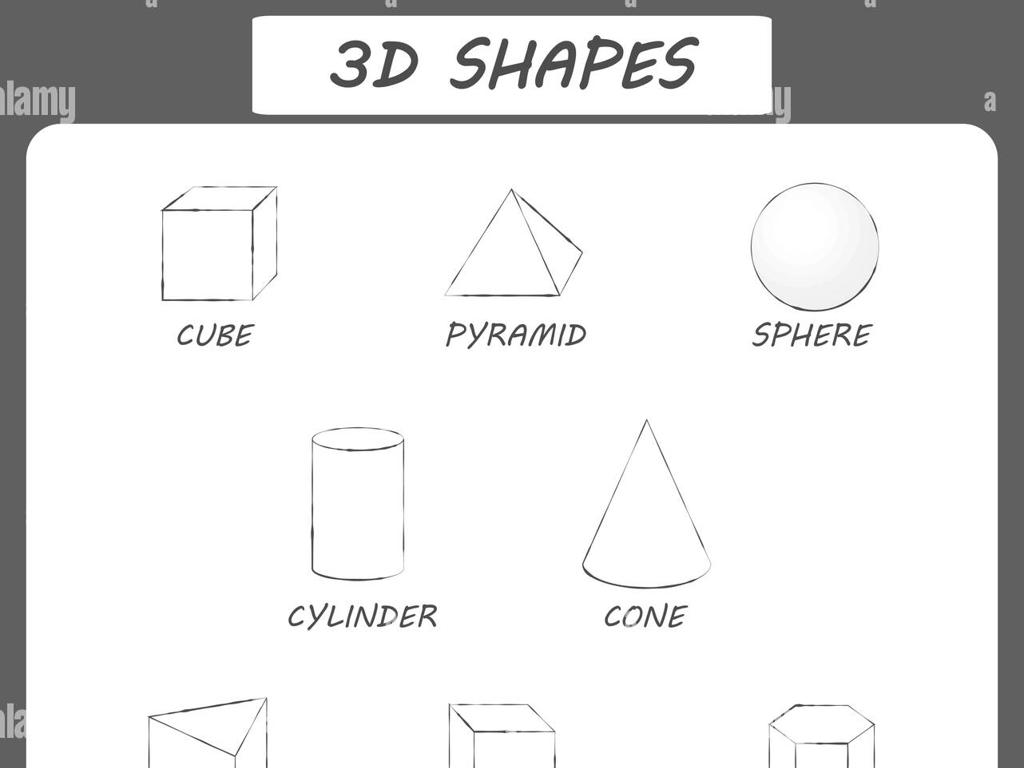Use Reflexive Pronouns
Subject: Language arts
Grade: Third grade
Topic: Pronouns
Please LOG IN to download the presentation. Access is available to registered users only.
View More Content
Today’s Adventure: Reflexive Pronouns!
– Exploring Reflexive Pronouns
– Pronouns that refer back to the subject
– What are Pronouns?
– Words that take the place of nouns
– Reviewing Known Pronouns
– Fun with Reflexive Pronouns
– We’ll use sentences like ‘I taught myself.’
|
This slide introduces reflexive pronouns to third-grade students, building on their existing knowledge of pronouns. Begin by explaining that reflexive pronouns are special pronouns used when the subject and the object of a sentence are the same person or thing. Provide examples like ‘myself’, ‘yourself’, ‘herself’, ‘himself’, ‘itself’, ‘ourselves’, ‘yourselves’, and ‘themselves’. Review pronouns they already know to reinforce their understanding before focusing on reflexive pronouns. Engage the class with examples and encourage them to create sentences using reflexive pronouns to ensure they grasp the concept. The activity should be interactive, allowing students to practice and receive immediate feedback.
Understanding Reflexive Pronouns
– Reflexive pronouns basics
– Used when subject and object are the same person or thing
– Singular and plural forms
– Singular: ‘-self’, Plural: ‘-selves’
– Examples of reflexive pronouns
– ‘myself’, ‘yourself’, ‘ourselves’, ‘themselves’
– Usage in sentences
– ‘I taught myself to play piano.’ or ‘They made themselves lunch.’
|
This slide introduces reflexive pronouns, which are pronouns used when the subject of the sentence is also the object. Explain that these pronouns are easy to identify because they end in ‘-self’ for singular (one person or thing) and ‘-selves’ for plural (more than one person or thing). Provide clear examples like ‘myself’, ‘yourself’, ‘ourselves’, and ‘themselves’ to illustrate the concept. Use simple sentences to show how these pronouns function within a sentence. Encourage students to come up with their own examples and to practice using reflexive pronouns in sentences that relate to their own experiences.
Singular Reflexive Pronouns
– ‘Myself’, ‘yourself’, and others
– When do we use these pronouns?
– Use when the subject and object are the same person
– Examples in sentences
– ‘I taught myself to play piano.’
– Practice using them correctly
– Try making a sentence with ‘herself’.
|
This slide introduces singular reflexive pronouns to the students, explaining that these pronouns are used when the subject of the sentence is also the object. Provide clear examples to illustrate the use of ‘myself’, ‘yourself’, ‘himself’, ‘herself’, and ‘itself’. Encourage students to create their own example sentences using each pronoun to ensure they grasp the concept. During the next class, review their sentences and correct any misunderstandings. This practice will help solidify their understanding of reflexive pronouns in a fun and interactive way.
Plural Reflexive Pronouns
– Meet ‘ourselves’, ‘yourselves’, ‘themselves’
– Use them in sentences
– They refer back to the subject of the sentence
– Group activity: sentence creation
– Work together to make sentences using ‘ourselves’, ‘yourselves’, or ‘themselves’
– Share sentences with the class
– Each group will present one sentence to everyone
|
This slide introduces plural reflexive pronouns to the students. Start by explaining that reflexive pronouns are used when the subject and the object of the sentence are the same. Provide examples of sentences using ‘ourselves’, ‘yourselves’, and ‘themselves’. For the group activity, divide the class into small groups and ask them to come up with sentences using the plural reflexive pronouns. This will help them understand how to use these pronouns in a sentence. After the activity, have each group share their sentence with the class to reinforce learning through peer examples. Encourage creativity and praise their efforts to build confidence.
Using Reflexive Pronouns
– Emphasize the sentence subject
– Use reflexive pronouns for emphasis, like ‘I made this myself.’
– Subject and object are the same
– When the subject does something to itself, e.g., ‘She taught herself.’
– Find reflexive pronouns in a story
– We’ll read a story together and spot the reflexive pronouns.
|
This slide introduces the concept of reflexive pronouns and their usage in sentences. Reflexive pronouns are used for emphasis and to indicate that the subject of the sentence is performing an action on itself. Examples include ‘myself,’ ‘yourself,’ ‘herself,’ ‘himself,’ ‘itself,’ ‘ourselves,’ ‘yourselves,’ and ‘themselves.’ During the class, read a short story and have the students identify the reflexive pronouns. This activity will help them understand how reflexive pronouns function within the context of a narrative. Encourage students to create sentences using reflexive pronouns to reinforce their learning.
Let’s Practice Reflexive Pronouns!
– Fill in the blanks exercise
– Play ‘Find the Reflexive Pronoun’ game
– A fun game to spot reflexive pronouns in sentences
– Pair up and write sentences
– Work with a buddy to create sentences using words like ‘myself’ or ‘ourselves’
– Use reflexive pronouns correctly
|
This slide is designed for an interactive class activity focused on reflexive pronouns. Begin with a fill-in-the-blanks exercise to reinforce the concept. Then, move on to an interactive game where students identify reflexive pronouns in various sentences. For pair work, students will collaborate to write original sentences using reflexive pronouns, such as ‘I taught myself to play the piano’ or ‘They made cookies themselves.’ This activity encourages teamwork and application of the concept. As a teacher, circulate the room to assist pairs, provide feedback, and ensure understanding. Offer praise and constructive criticism to help students use reflexive pronouns with confidence.
Class Activity: Reflexive Pronoun Hunt
– Read a story as a class
– Hunt for reflexive pronouns
– Pronouns that refer back to the subject
– List all the pronouns you find
– Discuss your findings with peers
– Share and learn from each other
|
This activity is designed to help students identify and understand the use of reflexive pronouns in a fun and interactive way. Begin by reading a short story aloud to the class, ensuring that the story contains several examples of reflexive pronouns. Explain to the students that reflexive pronouns are words like ‘myself’, ‘yourself’, ‘herself’, ‘himself’, ‘itself’, ‘ourselves’, ‘yourselves’, and ‘themselves’. Their task is to listen carefully and write down every reflexive pronoun they hear. After the reading, students will share the reflexive pronouns they found with the class. This will reinforce their understanding and provide an opportunity for peer learning. For the teacher: Prepare a list of reflexive pronouns in the story to ensure that all are identified during the discussion. Consider breaking the class into small groups for the discussion to give each student more opportunities to speak.
Wrapping Up Reflexive Pronouns
– Congratulations on learning reflexive pronouns!
– Homework: Write about your day
– Share your daily activities and feelings
– Use 3 reflexive pronouns in your paragraph
– Examples: myself, yourself, himself, herself, itself, ourselves, yourselves, themselves
– Next class: Possessive pronouns
|
Great work today, class! You’ve learned how reflexive pronouns are used to refer back to the subject of the sentence. For homework, I want you to write a short paragraph about what you did today. Remember to include at least three reflexive pronouns like ‘myself,’ ‘yourself,’ or ‘themselves.’ This will help you understand how to use them in your own writing. In our next class, we’ll dive into possessive pronouns, which show ownership. Keep up the good work, and I’m excited to read your paragraphs!

